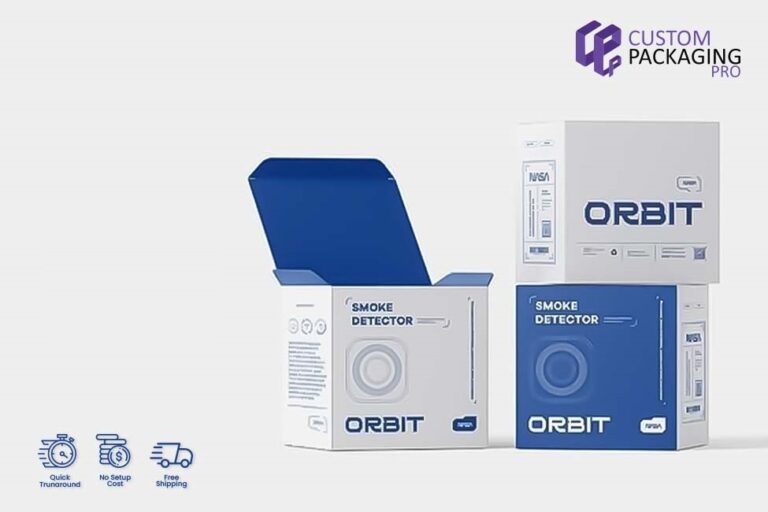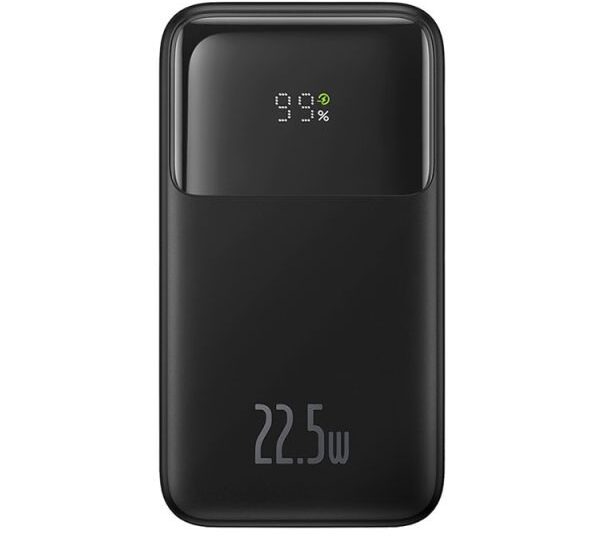Progressive tools and die design are mainly used to save money and time. The main determinants of whether a part needs to be created gradually are the part’s complexity and manufacturing volume. The design of progressive tooling also heavily relies on these considerations. Manufacturers must consider the part’s quality, upkeep, and lifespan when developing progressive tooling. This post aims to let you understand about the evolution of progressive tooling systems:
Progressive Die Stamping’s applications:
The number of applications is significant, considering the vast number of metal components used to make other products.
The pull tab and lid of a beverage can serve as excellent illustrations. Before they are assembled in the last step, the cover and pull independent progressive die stamping machines produce tabs.
There are too many to list, but some examples are parts like brake caliper plates for cars bent to the right shape.
Progressive die manufacturing is probably responsible for any common product with metal stamping pieces that can be bent, curved, or pressed to meet a particular need.
Advances in progressive tooling systems:
Innovations in progressive stamping die design have significantly advanced manufacturing capabilities in metal stamping operations. These inventions cover a broad spectrum of technologies, techniques, and strategies meant to solve problems, boost productivity, and broaden the scope of progressive tooling systems.
Additive Manufacturing or AM:
Another noteworthy innovation in progressive stamping die design is additive manufacturing (AM), which is also sometimes known as 3D printing. Using traditional machining would make it difficult or impossible to create delicate details on complicated tooling components, but AM enables engineers to do so.
With additive manufacturing, engineers can prototype these intricate pieces quickly, greatly accelerating the development process. More design freedom can also be used to make custom die components, tooling inserts, and forming features.
Using AM decreases lead times. This technology’s ability to quickly alter and enhance designs allows manufacturing to be done more effectively and economically.
Contemporary Materials and Coatings:
Using state-of-the-art materials and coatings has improved progressive stamping dies’ performance and wear resistance.
The progressive stamping process involves high stresses, temperatures, and abrasion met by ceramic coatings, carbide inserts, and high-performance tool steels. Through increased part quality, less tool wear, and extended die life, these materials and coatings help progressive stamping.
Simulation and Digital Twin Technology
The way engineers develop and optimize progressive stamping dies has evolved significantly with the advent of digital twin technology and simulation tools. Engineers may now forecast material flow, calculate part deformation, and optimize tooling designs even before a physical prototype is built. The development process is greatly streamlined by the ability to detect possible problems early on and make the required adjustments by creating virtual models of the stamping process.
Digital twins provide more than just monitoring and analyzing stamping processes in real-time; they also offer this capability. Through continual optimization, these virtual copies of the actual tools and processes make increased productivity and decreased scrap rates possible. The parts manufactured regularly fulfill high-quality standards due to this technology, which also shortens the time to market
Smart Tooling and Sensors
Integrating smart tooling and sensor technology into progressive stamping dies makes real-time monitoring and control of critical process parameters possible. During stamping operations, sensors integrated into die components can measure forces, temperatures, vibrations, and part quality attributes.
This information is used to detect abnormalities before they affect part quality or production efficiency, enhance tooling performance, and modify process settings.
Modular and Quick-Change Tooling Systems
Quick-change and modular tooling systems enable die setup, changeover, and reconfiguration for different part configurations or production runs. Standardized tooling components, fast-release mechanisms, and interchangeable inserts also reduce downtime and enhance manufacturing flexibility. These systems enable quick die assembly and adjustment.
Manufacturers may maximize resource use in progressive stamping processes and react swiftly to fluctuating production demands due to these solutions.
Automated Die Adjustments and Controls
The accuracy, consistency, and repeatability of progressive stamping processes are enhanced by automated die adjustment systems and controls. Servo-driven actuators, programmable controllers, and feedback systems enable precise control over die clearances, punch positions, and forming forces during stamping procedures.
In progressive tooling systems, automated die controls maximize item quality, reduce trash rates, and boost output effectiveness.
Hybrid and Multi-Material Stamping
Hybrid and multi-material stamping techniques integrate conventional stamping techniques with joining procedures, additive manufacturing, or hybrid material combinations to increase the possibilities of progressive stamping.
These methods allow for creating intricate parts with customized material qualities, enhanced functionality, and lighter weight. Hybrid and multi-material stamping open new possibilities for lightweight, structural optimization, and component integration in a variety of industries.
Final words:
Thus, the above points explain the evolution of progressive tooling systems. Progression in these technologies suggests that progressive tooling systems will be more useful to manufacturing in the future.








